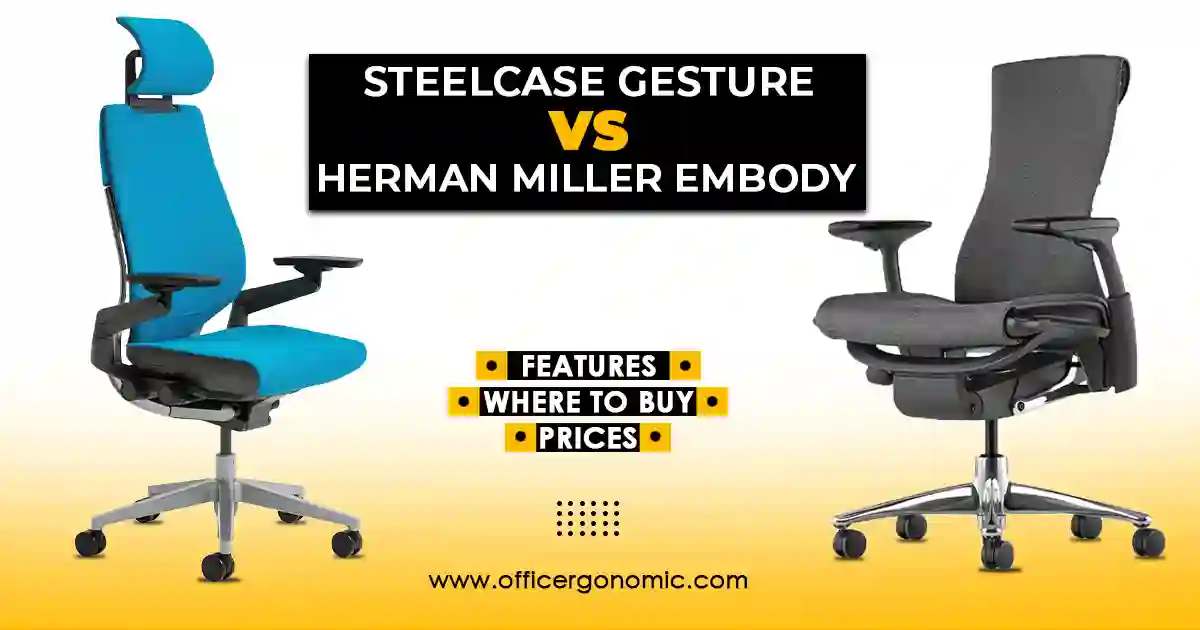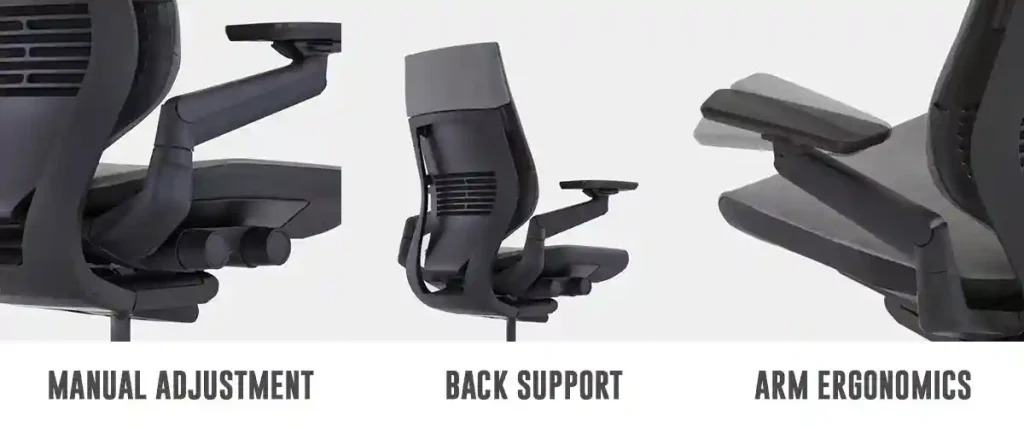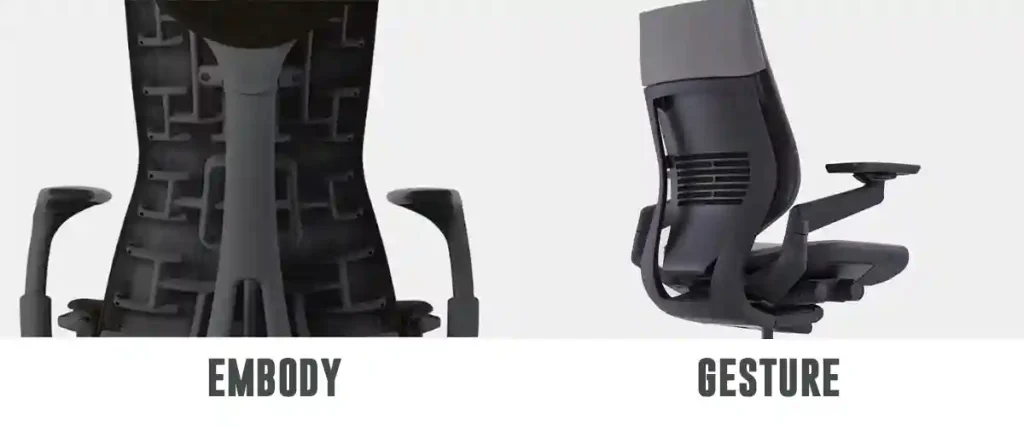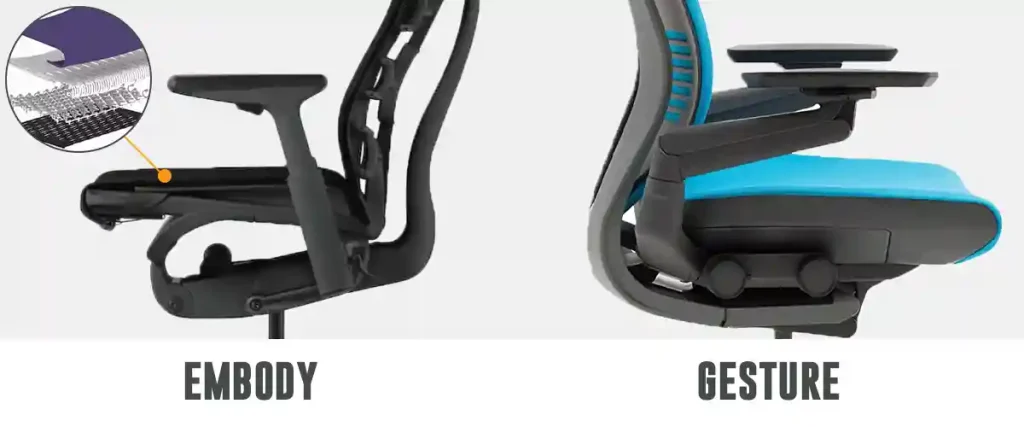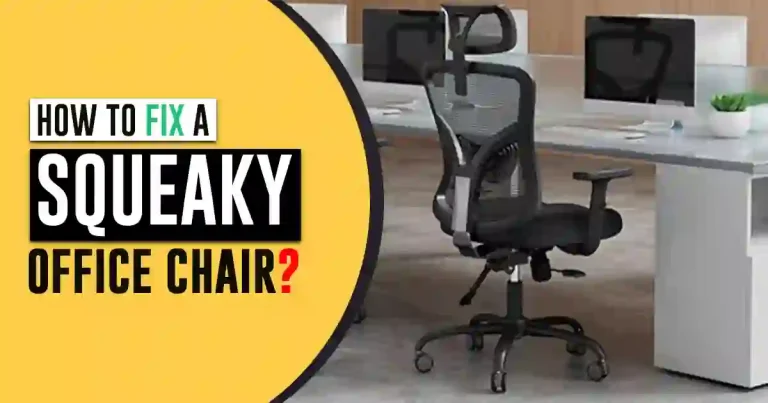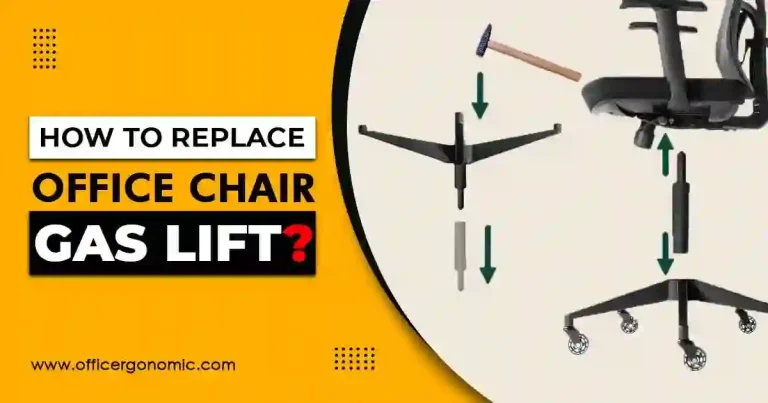Steelcase Gesture vs Herman Miller Embody
If you have an interest in ergonomic furniture, you might be familiar with two of the most popular brands out there: Steelcase and Herman Miller. Both of them make high-end office chairs with the best warranties in the market. So, it’s common to draw comparisons between different chairs of these brands.
Even within Herman Miller and Steelcase, there are chairs that are often compared to each other. For instance, we hear a lot about Herman Miller Aeron vs Embody or Steelcase Gesture vs Leap V2, although all of them suit a variety of users with different needs.
When comparing Steelcase and Herman Miller, one famous comparison is Steelcase Gesture vs Herman Miller Embody. Although both chairs are made to stay long, the iconic Embody cannot be the choice of people who are fans of adjustability options as offered by Steelcase Gesture. For making a better choice, let’s explore more!
Quick Comparison of Steelcase Gesture vs Herman Miller Embody
Although both chairs offer quality, certain differences make one better than the other and vice versa. Steelcase Gesture is made with a one-size-fits-all model, so it comes with better adjustability options to fit different types of users.
Herman Miller’s Embody, on the other hand, is made to fit the natural spinal curvature of users with its unique pixelated back support design. So, it’s the best pick for users who prioritize back support over anything.
Compared to its counterpart, Steelcase Gesture is a great option for bulky and taller people because of its arm width seat depth adjustments. However, when it comes to ergonomic comfort and support, Herman Miller Embody is the ultimate winner.
With that being said, for a detailed account of both chairs, let’s compare them in terms of different features that dictate the choice of any ergonomic chair.
Name | Steelcase Gesture | Herman Miller Embody |
Design | Modern, sleek design | Unique, futuristic design |
Level of Adjustability | Highly adjustable | Highly adjustable |
Lumbar Support | Adjustable lumbar support | Dynamic Pixelated lumbar support |
Backrest | Recline and lock mechanism | Flexible backrest with spine-like structure |
Seat Depth Adjustment | ||
Armrests | 4D adjustable armrests | 4D adjustable armrests |
Seat Material | Fabric, leather options available | Fabric, leather options available |
Comfort | Plush cushioning, good support | Adaptive support, pressure distribution |
Mobility | Swivel and rolling casters | Swivel and rolling casters |
Weight Capacity | Up to 400 lbs | Up to 300 lbs |
Warranty | Limited lifetime warranty | 12-year warranty |
Price Range | Moderate to high | High |
User Reviews | Positive overall | Positive overall |
Where To Buy |
Steelcase Gesture vs Herman Miller Embody: Which One is Better?
Here is a quick comparison of both chairs in terms of some of the features that dictate the choice of any ergonomic office chair.
Ergonomic Features
There is no debate around the ergonomics of both chairs as they are the top picks from the two brands only because of top-notch ergonomics and good quality. Steelcase Gesture features a flexible and dynamic backrest support, 4-D armrests, adjustable seat height, seat depth conforming to different body types. The dynamic lumbar support of Gesture provides a personalized support to the user’s lumbar area and lower back.
Herman Miller Embody also rocks at ergonomics. Its pixelated backrest makes it suitable for user’s movements and the integrated backrest distributes the user’s body weight evenly across the body, thus releasing pressure off pressure points. This is where Embody has an edge over Gesture. Embody has a synchronized tilt mechanism that ensures a balanced recline supporting the user at different levels.
Adjustability Options
When it comes to adjustment options, Steelcase Gesture qualifies as a highly adjustable ergonomic chair. You can adjust the chair at various fronts despite the backrest height that isn’t adjustable. With Gesture’s knob, you can easily adjust the seat pan according to your legs. Similarly, you can slide the seat back and forth with the help of the lever attached at the side of the chair.
Herman Miller Embody also comes with a lot of adjustability options including seat height and depth adjustment, tilt tension adjustment, adjustable arms, and adjustable seat depth etc. In Embody, you can easily do the seat depth adjustment using the knob. The only adjustment Embody lacks is the independent back angle adjustment. Also, Embody suits taller people because of its slightly higher back.
Back Support
The biggest difference between both chairs lies in their backrests. Where Steelcase Gesture uses a traditional foam padding in its backrest, Embody’s backrest uses rubbery canvas supported by a plastic skeleton structure. Gesture’s 3D live back technology keeps the user’s back supported on various levels when they recline.
Herman Miller Embody, in contrast, has micro-adjustments in its pixelated back support that provides complete spinal support to the user. You can easily lock the chair at your comfort level while reclining, which is great.
Material and Durability
When it comes to the material part, Steelcase Gesture is manufactured using high-quality 3D knit upholstery. You can either leave the back open or have fabric wrap around it, it’s up to you. Regarding frame material, although Gesture uses high-quality aluminum, it has more plastic accent compared to Embody.
Embody is also manufactured from high-quality recycled material and uses fabric in its seat back. In that sense, both Gesture and Embody are similar as they are prone to staining over time. As far as durability is concerned, Embody has an edge over Gesture as it has more metal surfaces and gives a feeling of solidness overall.
Armrests
When it comes to armrests, Steelcase Gesture outperforms Herman Miller Embody with its 4-way adjustments i.e., width, height, depth, and pivot. The armrests keep the elbows and forearms of users comfortable and can be moved in and out making them fit for wider individuals.
Herman Miller Embody also features arm adjustments that allow users to adjust the armrests according to their comfort. However, they don’t offer width adjustment, which is a major drawback for users particularly in need of adjustable armrests.
Swivel and Mobility
Both chairs offer great maneuverability, however, Steelcase Gesture has a little edge because of its high-quality casters. It comes with a 360 degree swivel that supports effortless rotation in any direction and a smooth movement on all types of floors.
Herman Miller Embody also features a 360 degrees swivel and ensures a free rotation without any strain. However, Embody’s casters have a roll-away resistance giving the entire chair some sort of stability and preventing it from accidentally moving when not required.
Seat Comfort
Though it lacks significant padding, Steelcase Gesture’s seat is pretty comfortable for long sitting hours. It’s not received very well by some users because of the thin padded seat, but at the same time, it doesn’t hurt pressure points even when we sit for long hours.
In contrast, Herman Miller’s Embody comes with a four-layer padded seat that’s supportive for extended sitting hours as it’s large and flexible. Also, it’s supported by a pixelated support system that ensures that you have support as you move in the chair. Embody’s seat keeps all types of users comfortable and allows them to move freely while sitting. However, sometimes, the individual pixels on the seat bring discomfort to the user.
Price Range
As it’s one of the top quality ergonomic chairs manufactured by Steelcase, Gesture is not a cheap chair when compared to other ergonomic chairs in the market. On top of that when you opt for premium quality customization options such as polished aluminum for frame or durable fabric, it gets even pricier.
Despite that, Steelcase Gesture is a little cheaper compared to Herman Miller Embody. As Herman Miller is an American brand, the higher price tag makes sense. Steelcase Gesture on the other hand is manufactured in Mexico. But all in all, both chairs are priced over $1000 making them both non-affordable for people on a budget.
Warranty Period
Steelcase Gesture is considered one of the best chairs when it comes to warranty. Steelcase offers a 12 year warranty for the chair’s armrests, foam padding, gas cylinders, and casters whereas the frame of the chair is covered for a lifetime.
Its counterpart Herman Miller Embody is also covered with a warranty period of 12 years for its parts and labor. Your chair’s repairs together with the shipping costs are all covered in this warranty that makes it the right investment.
Steelcase Gesture vs Herman Miller Embody: Pros and Cons
Now that you’ve had a glance at all the important features of both chairs, let’s look at some of their pros and cons:
Pros and Cons of Steelcase Gesture
Pros | Cons |
|
|
Pros and Cons of Herman Miller Embody
Pros | Cons |
|
|
Frequently Asked Questions (FAQs):
Before we conclude our discussion, let’s have a quick look at some of the FAQs:
What are the key differences between the Steelcase Gesture and the Herman Miller Embody chairs?
Steelcase Gesture offers a wide range of adjustability options that support a variety of sitting positions suiting different users. On the other hand, Embody supports healthy sitting by focusing on the spinal health of users through its unique backrest design.
Which chair is more suitable for extended periods of sitting?
Although both chairs support prolonged sitting, Embody’s breathable fabric and dynamic support make it a better option.
Which chair provides better lumbar support, the Steelcase Gesture or the Herman Miller Embody?
Both Gesture and Embody come with a lumbar support option but with a slight variation. Gesture offers an adjustable lumbar support mechanism that can be adjusted as per the user’s preferred position. Embody, in contrast, comes with a Pixelated support system that supports the natural curvature of the spine by distributing the pressure evenly throughout the body.
Bottom Line!
In the end, we have got the idea that both chairs are customizable in terms of many things such as fabric, colors, and some ad-on. Both, Gesture and Embody, have a great refund policy that offers a 30 days full refund with return shipping charges.
Steelcase Gesture is a better chair for people who want more adjustability options in their office chairs. It has a comfortable seat, armrests, and backrest and is easily suitable for people looking for a comfortable chair.
Herman Miller Embody, on the other hand, will attract people looking for tall backrests and smoother mobility. It’s also a great pick for people who like fabric chairs, but those wanting to have a leather chair should get their hands on Steelcase Gesture instead.
So, keeping in view the features, customer reviews, and customer support of the chair in mind, you can choose the right fit for yourself.

